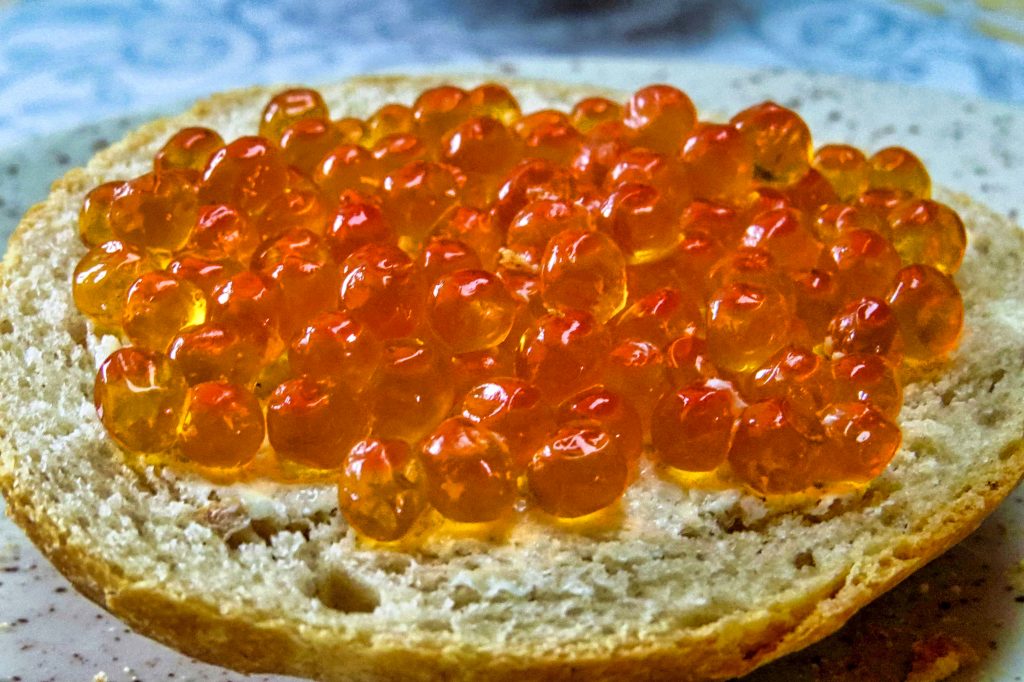Hardly any other food is the subject of so many legends as caviar. Originally, sturgeon eggs were a staple food for fishermen on the Caspian Sea and the Volga. It did not take long for caviar to become a delicacy: this was not least due to the fact that caviar had to be cooled with a lot of effort during transport. Caviar was also rare due to its limited seasonal availability.
Aristotle & origin
According to reports by the Greek philosopher Aristotle, caviar was served at Greek banquets as early as the 5th century BC. The origin of the word is still not completely clear: Among the Khedives, an Iranian tribe, the caviar was called Cahv-Jar and meant something like “cake of power”. Other sources assume that caviar comes from the Persian khag-viar, which means “black little fish egg”.
The only thing that is certain is that caviar was a delicacy thousands of years ago: only for the fishermen who won the caviar, the fish eggs were a staple food.

Royal fish
In 1324, the English King Edward II declared the sturgeon a “Royal Fish”: caviar was thus reserved for the people of the English royal court. It was not long before the entire European high society was eating caviar.
By the middle of the 18th century, all of Europe was in a caviar frenzy: in addition to the European royal courts, the Russian tsar’s court had now also discovered caviar.
The high demand for caviar caused the stocks of the sturgeon fish to decline worldwide.
Preparation of the caviar
Salt is an important ingredient in the processing of caviar: it ensures the preservation of the roe and develops the aroma of the fish eggs. The dosage is particularly important here – the most common preparation method is called “malossol” (Russian for “mildly salted”).
There is also salt caviar, which has a significantly higher salt content.
The salt content varies depending on the season: because of the cooler temperatures in winter, less salt is used than in summer. To preserve the caviar, it’s pasteurized to keep it edible for up to one year.
There is not just one type of caviar: the most common names are Beluga, Ossietra and Sevruga caviar. The most precious type of caviar is the Beluga variety, commonly referred to as black gold.
Beluga caviar is mild in taste, Ossietra caviar has a nutty flavor and Sevruga caviar tastes spicy.
Today, most of the caviar in the trade comes from breeding farms: Since 2006, trading wild-caught caviar has been banned in much of Europe.
Caviar is often served with champagne. In addition, caviar accompanies bread, potatoes and salmon.
Cover picture: © Simon von Ludwig, all rights reserved

 Deutsch
Deutsch Français
Français